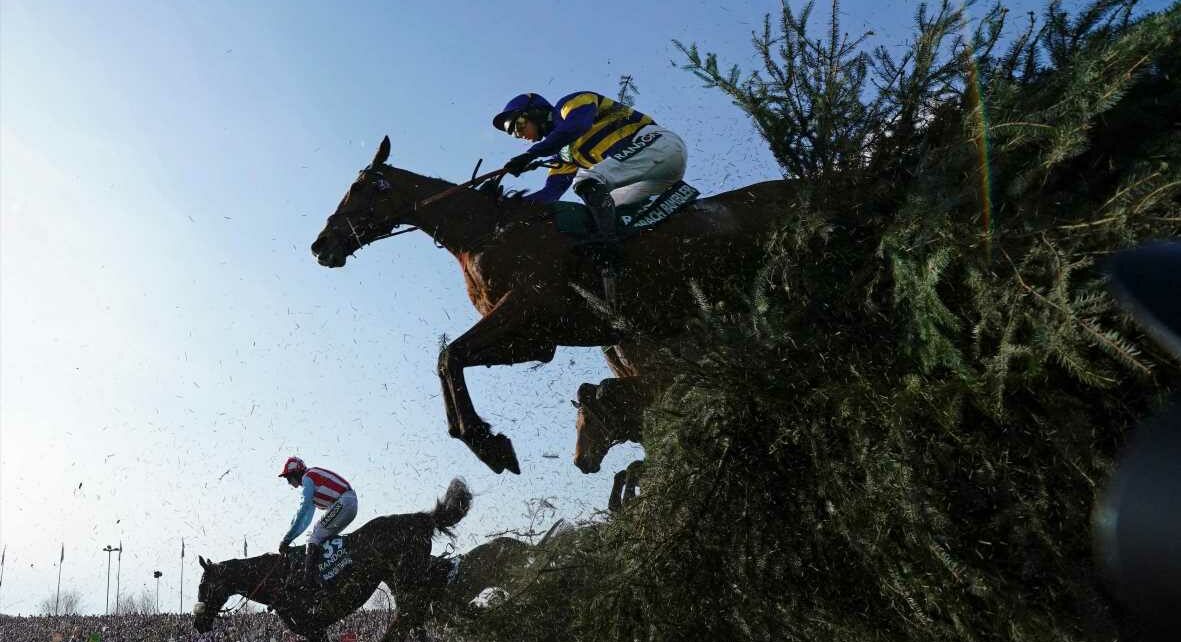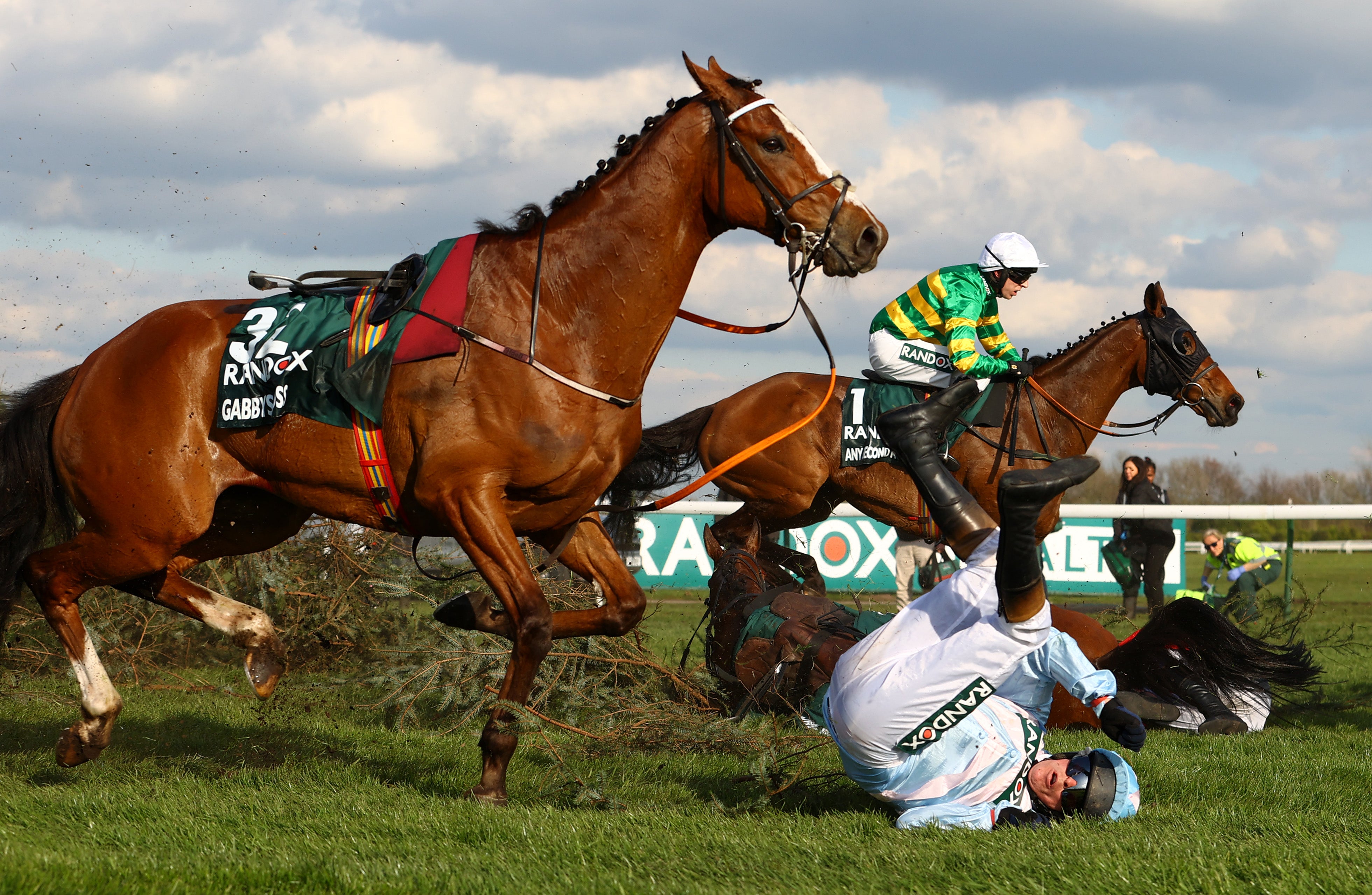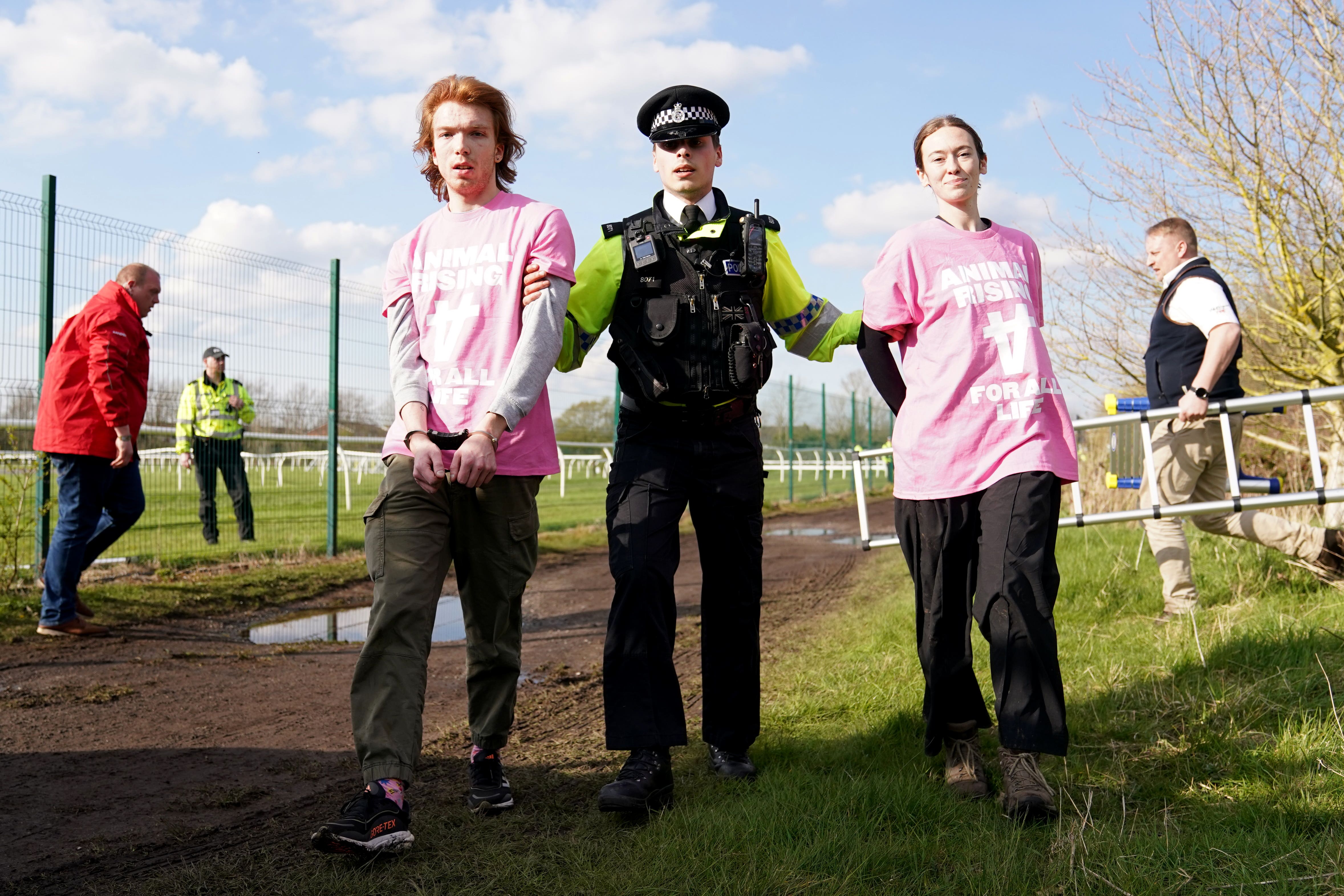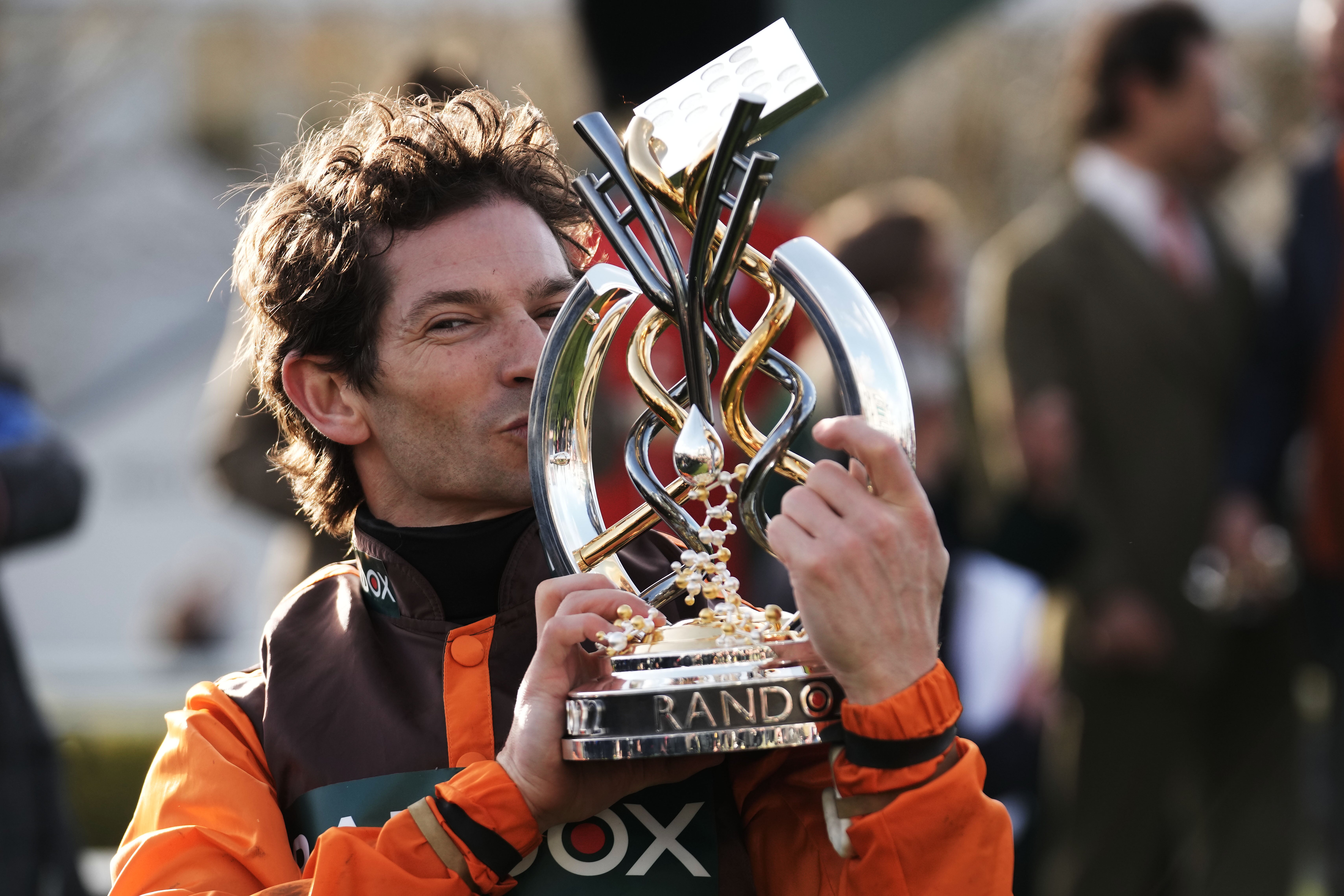Pictures of the Week Europe and Africa Photo Gallery
Sign up to our free sport newsletter for all the latest news on everything from cycling to boxing
Sign up to our free sport email for all the latest news
Thanks for signing up to the
Sport email
The Grand National has confirmed a reduction in runners in the iconic race with a maximum of 34, down from 40, to improve safety.
This year’s race, won by Derek Fox on Corach Rambler, was delayed by 14 minutes after a protest from animal rights activists and one horse died.
Organisers will look to move up the start time at Aintree, which will help improve the ground, and the distance to the first fence will also be cut, ensuring a slower speed for the first jump. More changes include a standing start and additional veterinary checks.
Aintree clerk of the course Sulekha Varma rebuffed calls for the total runners to be cut to just 30, insisting it would be counter-productive.
“We know from research papers and internal analysis of jump races that there is a direct correlation between the number of runners and the risk of falling, unseating or being brought down,” she said.
Recommended
“However, we also must consider that reducing the field size by too great a number could create a faster race and have an adverse impact in terms of safety.”
The three-day meet in April saw three equine fatalities, while Emma Slawinski, director of policy at the RSPCA, hopes the changes will lead to future moves to improve safety even more.
She said: “We look forward to seeing this announcement pave the way for further changes.”
What changes will be made for Grand National 2024?
- Maximum number of runners down from 40 to 34
- The first fence will be moved 60 yards closer to the start and a standing start – as opposed to allowing the horses to run – for all races over the National fences.
- The start time will be brought forward from 17:15 to between 15:45 and 16:15, local time, therefore ensuring the ground doesn’t dry up too much and become too quick for the horses
- Horses no longer led by a handler on course in the pre-race parade to afford the horses more time to prepare
- Loose horses will be caught more easily by changes to the alignment of the running rail on the inside of the course
- The 11th fence will be reduced in height by two inches, from 5ft to 4ft 10in
- Softer foam and rubber ‘toe boards’ at the base of the jumping side of each fence
- More pop-up irrigation to water the course
- The minimum handicap rating for horses up to 130 from 125, aligning it with all top-level Grade One races
- The introduction of a review panel of industry experts to assess every runner with horses making jumping errors in 50 percent or more of their most recent eight races
Source: Read Full Article






